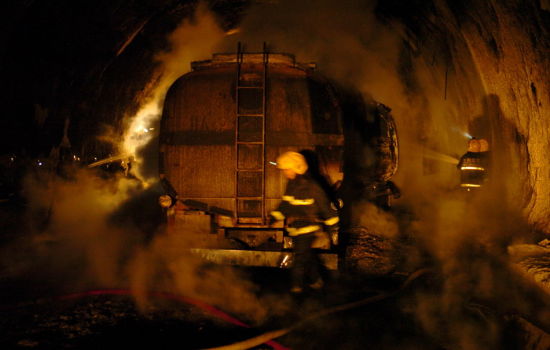Search efforts for the victims of the crashed Sukhoi Superjet 100 were officially brought to a close on Friday, 10 days after the plane carrying 45 people collided with Mount Salak in West Java.
The decision was marked with a small ceremony at the evacuation command post in Cijeruk, Bogor, led by a military coordinator of the team, Putranto.
“In accordance with the National Search and Rescue Agency’s [Basarnas] decision, evacuation operations are officially ended. We will, however, continue to comb the [crash] site to search for some materials of the plane,” Putranto told journalists after the ceremony, which included joint prayer for the dead victims.
The dispersed joint search team consisted of hundreds of personnel from Basarnas, the Indonesian Military (TNI) and police, as well as some volunteers and a team from Russia.
The effort to find some of the materials from the crashed plane, which already turned up the cockpit voice recorder, one of two "black boxes" on the plane, will continue with 45 personnel, the same number of people that died in the accident.
The team will include members of the Army’s special forces (Kopassus).
“We will coordinate with the police and the Russian SAR [search and rescue] team,” Putranto said.
While Basarnas led the larger team that was looking for the victims of the crash, the new, smaller team will be headed by the Bogor command of the TNI and will officially start its work on Saturday, Putranto said.
As of Friday, the Basarnas-led team had sent 37 bodybags believed to contain the remains of all 45 of the passengers to the National Police Hospital in Kramat Jati, East Jakarta, to undergo identification processes.
Police announced earlier on Friday that they had so far managed to identify 15 of the victims — 13 Indonesians and two foreigners. There were 10 men and five women.
I Ketut Parwa, the Basarnas official who led the first team, said there were probably more remains buried beneath the wreckage.
“But it’s already the 10th day,” he said. “It will be very difficult to find and evacuate those remains.”
Saturday 19 May 2012
http://www.thejakartaglobe.com/home/search-for-sukhoi-victims-ended-after-10-days/518673

